As part of unprecedented measures to contain the new virus, Italy has cancelled events that are likely to draw crowds – including festivals, football matches, exhibitions, concerts, theatre performances, film screenings and even church masses.
While the restrictions were originally limited to the worst-affected regions in the north, a sweeping government decree issued on March 8th extended the precautions throughout Italy.
READ ALSO: What you need to know about the new coronavirus measures in Italy
The closures are expected to run until at least April 3rd.
If you have already booked entry to a site or event before then, contact your ticket provider to request a refund or rebooking.
In the meantime, several museums are posting images of their collections online as part of a campaign by Italy's culture ministry called #iorestoacasa ('I'm staying home').
With the outbreak of #coronavirus and closure of all Italian sites and museums, I support @_MiBACT initiative of #iorestoacasa – there are plenty of ways to see Italian historic treasures- Google explorer, respective site/ museum websites and https://t.co/pUlgvNPRXC videos! pic.twitter.com/dEvi2zmUrR
— Darius Arya (@DariusAryaDigs) March 9, 2020
Here are some of the top sites affected.
Raffaello exhibition, Rome: one of the biggest disappointments for culture vultures is the abrupt closure of a blockbuster exhibition celebrating 500 years since the death of Renaissance master Raphael.
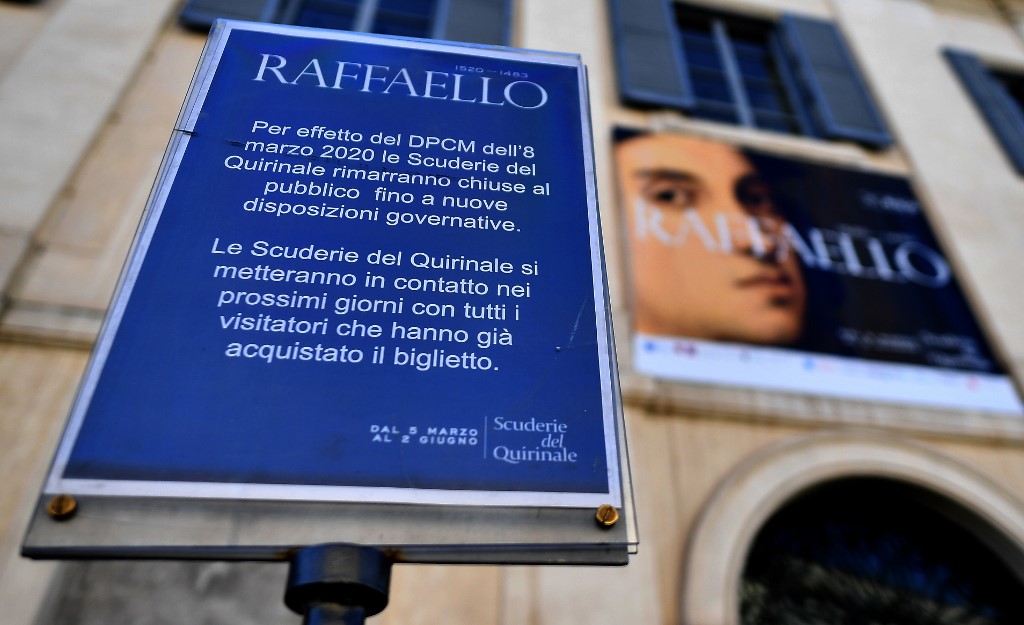
Photo: Tiziana Fabi/AFP
Gathering 200 works by the prolific painter, the show at Rome's Scuderie del Quirinale presidential palace opened on Wednesday and had been due to run until June 2nd, with some 70,000 tickets pre-sold.
But the museum announced on its website on Sunday that the exhibition was closing until further notice. Visitors who already bought tickets will be contacted directly.
Colosseum and Roman Forum: the Colosseum will remain closed to visitors until April 3rd – though you're still free to walk round and admire it from the outside.
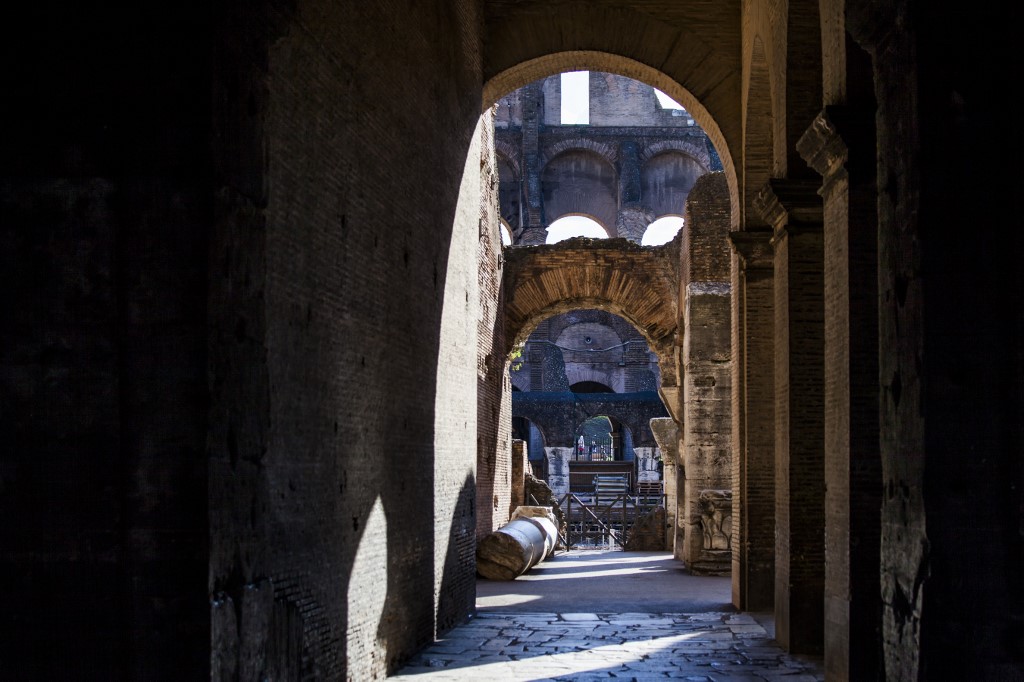
The Colosseum deserted. Photo: Laurent Emmanuel/AFP
The Roman Forum, Palatine Hill and Domus Aurea are likewise closed. Take a stroll down the Via dei Fori Imperiali and around the Circo Massimo to get a view of the archaeological sites.
Vatican Museums: the Vatican Museums (including the Sistine Chapel) are closed until further notice.
Exceptionally, even St Peter's Basilica and Square have been closed to the public until April 3rd. For the time being Pope Francis will not be celebrating mass in front of an audience, but streaming prayers instead.
Pantheon: this converted Roman temple, usually a functioning church and free to enter, is closed to visitors as part of the decree.
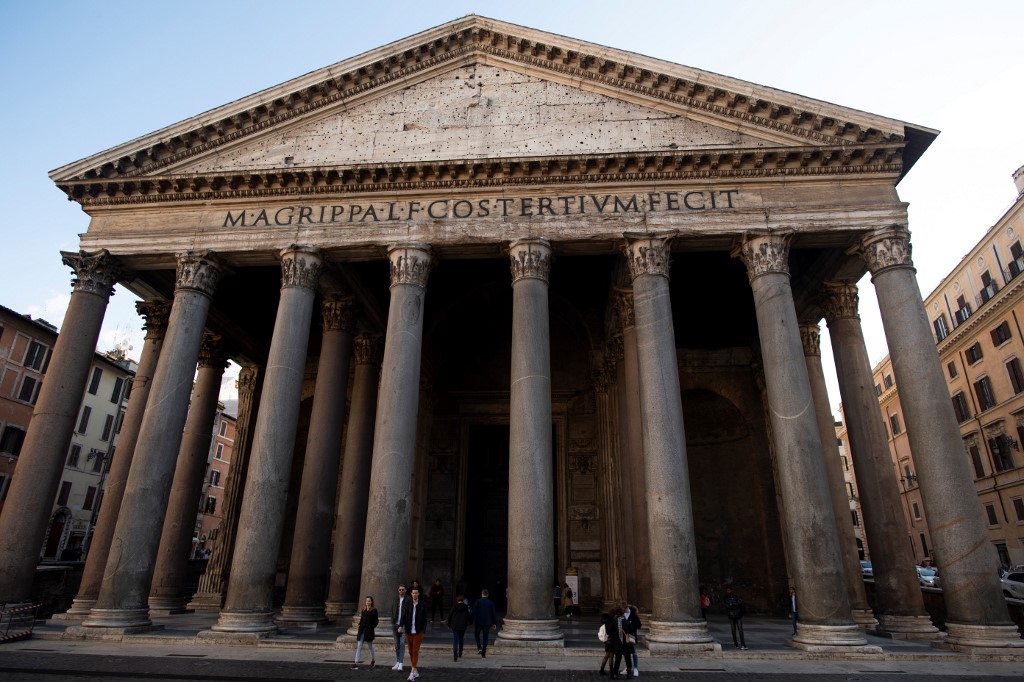
Borghese Gallery: Rome's sumptuous Galleria Borghese is closed until April 3rd. You can still visit the Villa Borghese park that surrounds it.
Uffizi Galleries: the Uffizi, the Pitti Palace and the Boboli Gardens are all closed until April 3rd.
Pompeii: the ancient sites of Pompeii, Oplontis, Stabia and Boscoreale are all closed.
Reggia di Caserta: the Royal Palace of Caserta remains closed until April 3rd.
READ ALSO: Is it still safe to visit Italy after the coronavirus outbreak?

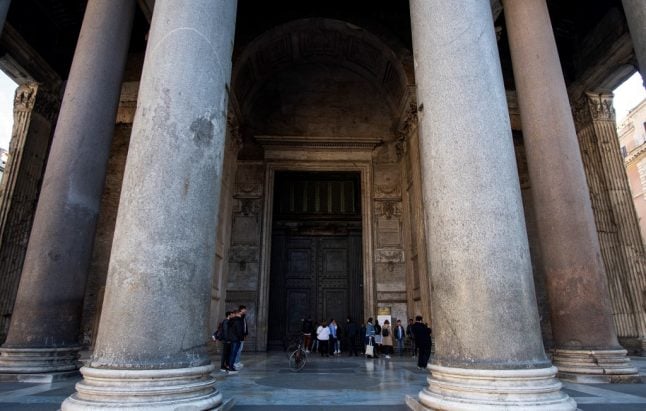
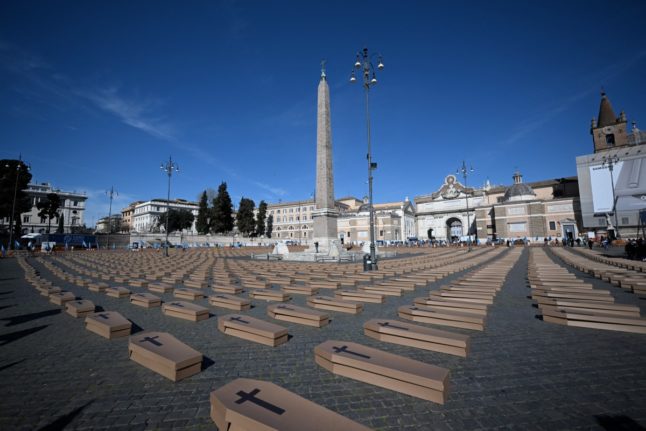
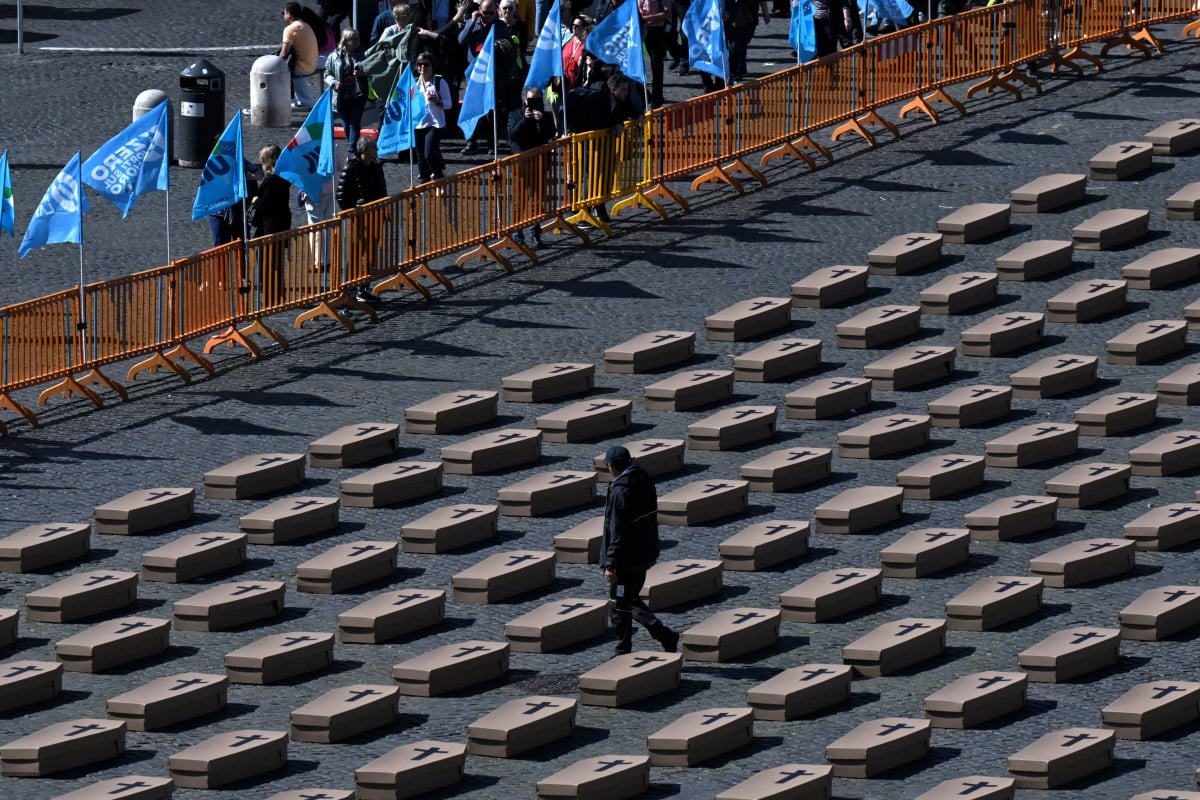
 Please whitelist us to continue reading.
Please whitelist us to continue reading.
Member comments